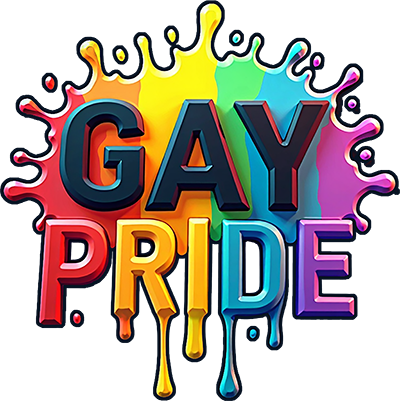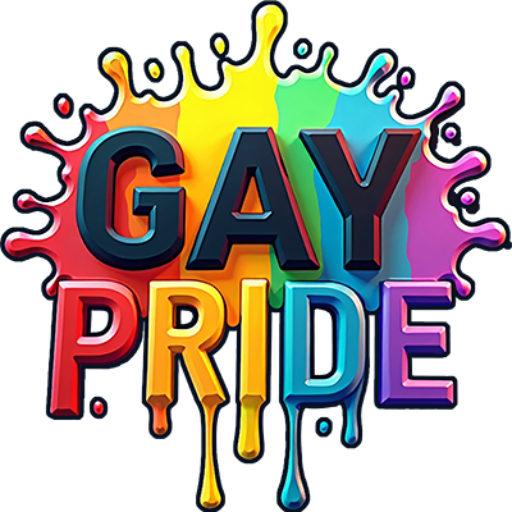The Upside Down Pink Triangle: Its Meaning and Legacy
The upside down pink triangle is a symbol steeped in history and emotion, representing both a dark past and a hopeful future. While its origins are rooted in tragedy, the symbol has been reclaimed as a powerful emblem of pride and solidarity within the LGBTQ+ community. In this blog post, we’ll explore the history, meaning, and enduring legacy of the upside down pink triangle.
Table Of Contents
1. Introduction
2. Origins of the Pink Triangle
3. Reclamation and Symbolism
4. The Pink Triangle in Modern Culture
5. Frequently Asked Questions
6. Conclusion
Origins of the Pink Triangle
The pink triangle’s origins date back to one of the darkest periods in history—Nazi Germany. During World War II, the Nazis used a system of colored triangles to categorize and dehumanize individuals in concentration camps. The pink triangle was specifically used to identify homosexual men, who were subjected to extreme persecution and brutality. It’s estimated that thousands of gay men were imprisoned in these camps, with many losing their lives.
This horrific use of the pink triangle was part of a broader effort to eradicate what the Nazis deemed “undesirable” societal elements. The symbol was a mark of shame and a tool of oppression, intended to isolate and demean those who were forced to wear it.
Reclamation and Symbolism
In the years following World War II, the LGBTQ+ community began to reclaim the pink triangle, transforming it from a symbol of oppression to one of empowerment and resistance. During the 1970s, amidst the burgeoning gay rights movement, activists adopted the pink triangle as a poignant reminder of past injustices and a call to action for equality and acceptance.
The upside down positioning of the triangle was intentional, flipping the narrative from one of subjugation to defiance and pride. It stands as a reminder of the resilience of the LGBTQ+ community and a testament to the power of reclaiming symbols for positive change.
The Pink Triangle in Modern Culture
Today, the upside down pink triangle remains an iconic symbol within the LGBTQ+ community. It serves as a reminder of the struggles faced by past generations and the ongoing fight for equality. Beyond its historical context, the pink triangle is also a universal emblem of LGBTQ+ pride, used in pride parades, activism, and art around the world.
Its legacy continues to inspire new generations to advocate for inclusion and diversity, ensuring that the lessons of the past are not forgotten. The pink triangle is a powerful visual reminder that even in the face of adversity, communities can come together to create positive change.
Frequently Asked Questions
What does the upside down pink triangle symbolize today?
Today, the upside down pink triangle symbolizes LGBTQ+ pride, resilience, and the ongoing fight for equality. It’s a reclaimed emblem of empowerment and defiance against oppression.
How did the pink triangle become associated with the LGBTQ+ community?
The pink triangle was reclaimed by the LGBTQ+ community in the 1970s as part of the gay rights movement. Activists used the symbol to highlight past injustices and promote unity and pride.
Is the pink triangle still relevant in contemporary LGBTQ+ activism?
Absolutely. The pink triangle remains a potent symbol in LGBTQ+ activism, serving as a reminder of historical struggles and a call to continue the fight for equality and acceptance.
Conclusion
The upside down pink triangle is a poignant symbol with a complex history. From its origins as a marker of persecution in Nazi Germany to its reclamation as a symbol of pride and resistance, the pink triangle embodies the resilience and strength of the LGBTQ+ community. As we move forward, it serves as a reminder of the importance of remembering the past while striving for a more inclusive future. 🌈

